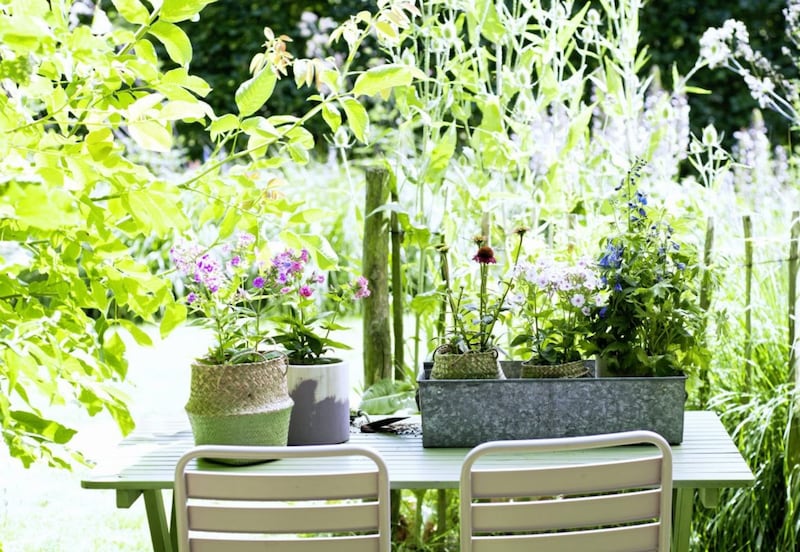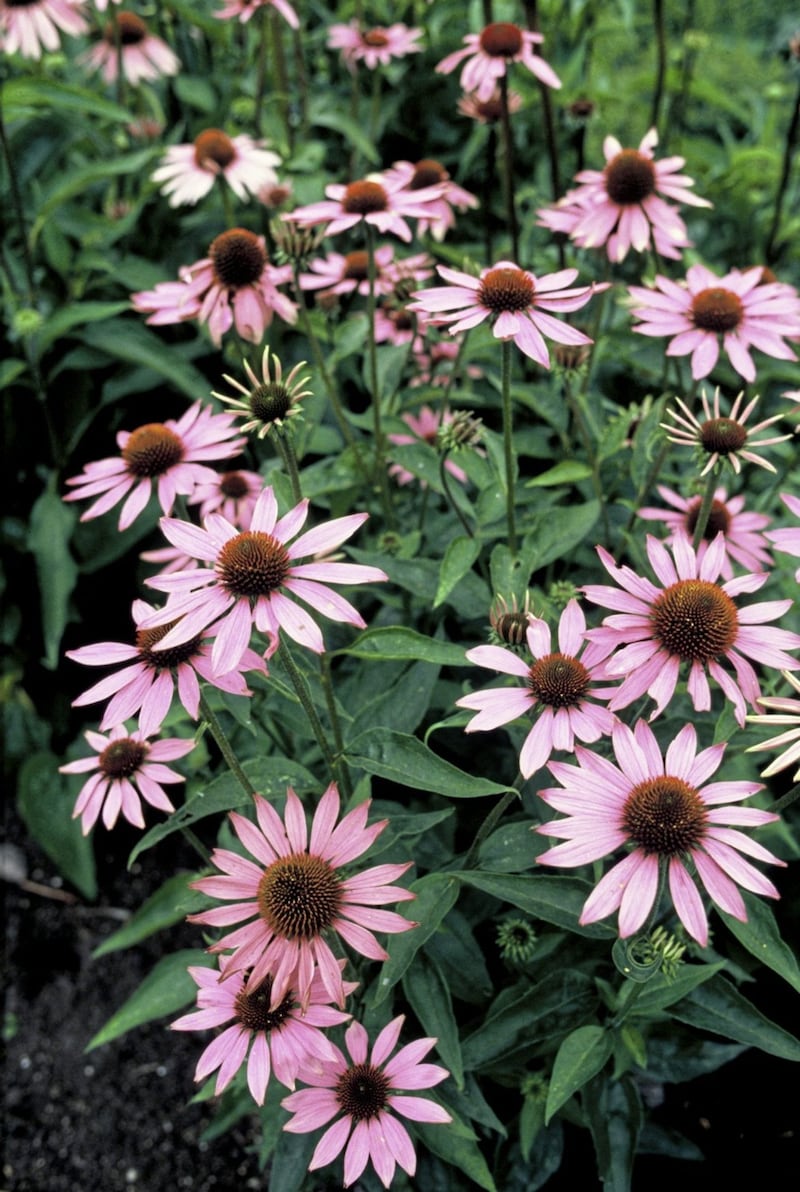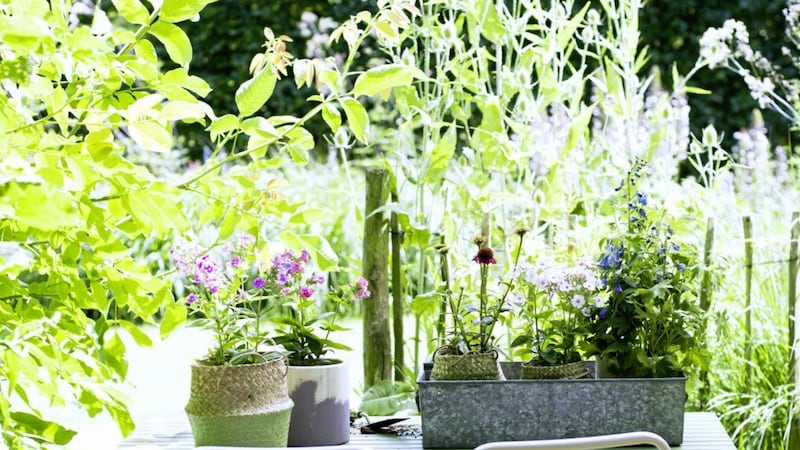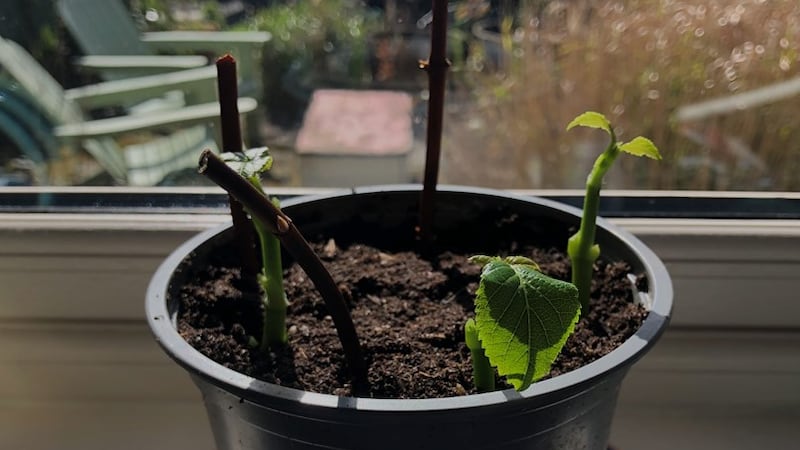WHERE would the garden be without herbaceous perennials? They are the mainstays of the summer garden, the plants that can be relied upon to do the business year after year.
A herbaceous perennial can be loosely defined as any plant which dies back and becomes dormant over winter, often disappearing completely from above ground, before returning to growth the following spring.
There are perennials to suit all tastes and to match a multitude of different conditions.
It’s a long, exhaustive list that can prove intimidating to the novice and even seasoned gardeners.
Three high-performance perennials with eye-catching credentials and plenty of plant personality are echinacea (aka coneflower), phlox and delphinium. All three are valued for their blooms.
Echinacea has daisy-style flowers that resemble sun hats, phlox features plume-shaped sprays of flowers with bright colours, while delphinium has an extended flower spike with a ‘spur’ on each flower, which gives rise to the common name larkspur.
If you think echinacea and think pink then you’re wrong as it comes in many different colours. An attractive green or orange heart is surrounded by slightly drooping colourful petals, from beautiful salmon or ochre through to deep purple and dark red. There are also white and red varieties, and even double-flowered varieties. E purpurea is the original species, referring to the lilac-coloured petals. The plant is also known for its medicinal properties, such as boosting immunity.
Phlox is characterised by its strong, sweet fragrance and its beautiful sprays of flowers. There are upright species – P Paniculata – that are also often used as cut flowers, and ground-covering species – P Subulata.
The original phlox was claret but breeders have created an impressive range of varities, with colours ranging from pure white, deep purple, blue, pink with a red eye and even flowers with striped petals. Phlox appeals to butterflies and bees in the garden.

Delphinium it is a member of the Ranunculaceae family. It’s an impressive flower – stately, elongated and beautifully coloured. If you look carefully at the individual flowers along the spikes, you can see the ‘spurs’. Various Delphinium cultivars are available – the cultivars derived from perennials are large, robust and impressive. The plant is available in beautiful pastel shades from blue and purple through to salmon and white.
By following a few simple husbandry tips, these perennials should keep coming year-after-year.
It’s important that they’re placed in partial shade to full sun – this will ensure they flower lavishly. Place the plants in well-draining, water-retentive soil and keep them topped-up with water, especially soon after planting or if they in containers.
Phlox, delphinium and echinacea also make good cut flowers that you can enjoy indoors. Put some cut flower food in the vase to enjoy them for 7-10 days.
In late summer when the plants have finished flowering, some people choose to cut them back hard, prompting them to re-flower in the autumn – though not to the extent to which they bloomed months previously.
As the perennials die back and begin their subterranean hibernation, the dead foliage should be left to protect them against extreme winter conditions and to provide a winter home for wildlife. Some perennials that retain their shape into the winter also have an architectural element that is greatly enhanced when the frosts arrive.
Remove the dead parts at the end of February and the plant will start to grow again in the spring in order to flower beautifully again in the summer. After a few years the plants can be divided to keep them young and vigorous.









